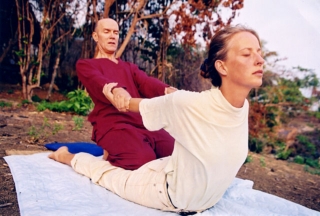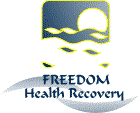 History of Thai Yoga Massage
Thai Yoga Massage is a member of the whole family of Oriental bodywork which is based on the intrinsic energy flow and energy balance theory of health and healing. Other members include Tui Na Chinese massage and manipulation, Ayurvedic Indian massage and Shiatsu Japanese massage as well as others.
Tui Na and ayurvedic massage both date back over 4000 years and it is these systems that Thai Yoga massage has its roots. The Indian Yogic influence is very obvious, less so are the energy channels or lines known as Sen based on Tui Na. Aspects of Indian Ayurvedic medicine can still be found in Thailand today along with herbal treatments, steam baths and massage Doctor. Jivaka Kumar Bhaccha supposedly was a friend and physician of the last Buddha approx 2500 years ago. He is revered as the father of Thai massage and traditional medicine. Much of the origins of Thai massage and traditional Thai medicine still remain obscure, but it is believed that the teachings of Kumar Bhaccha reached what is now Thailand at the same time as Buddhism.
Medical texts including detailed descriptions of Thai massage were eventually recorded in Pali language on palm leaves. They were venerated as religious texts and held in safe keeping in the old capital of Ayuthaya. When the Burmese invaded they destroyed the old libraries and documents and many texts were lost. An oral tradition continued being passed from teacher to student. In 1832 King Rama 111 had all surviving texts carved in stone which are still evident at Wat Po a celebrated temple in Bangkok. There are over 60 left depicting various techniques. Until quite recently this healing art was practiced only by monks as part of traditional medicine which also included meditation and herbs.
Benefits of Thai Yoga Massage
Thai Massage is very holistic practice. With the hands of a skilled practitioner, one can experience a sublimely rhythmical workout that perfectly balances the body's need for movement and stretching whilst also providing a relaxed state in which excessive worry and desire seem to evaporate. Through pressing, gentle rocking, and yoga like stretches clients are able to relieve stiffness, loss of flexibility and help balance major muscle groups.
The practitioner uses his body weight while the client often uses his or her breath control to experience a much deeper workout than one could obtain with yoga alone. When working deeply practitioner and client often experience, what I call, a good release of tension. This is accomplished using an alternatation of deeper and gentle massage, only working within the client's ability. The deep stretches help release tension and open up the flow of energy and vitality. Clients notice that their Yoga and Pilate practices improve at a quicker rate using Thai massage techniques. The deep work stimulates the body to produce endorphins which feel very pleasurable. When a client is very inflexible and stiff, I use much more gentle stretches until they relax and become more open.
As well as massage, I am trained in Traditional Thai Foot Reflexology and also have been studying Vipassana meditation. This has greatly benefited my massage practice as it allows me to be more mindful and focus on a compassionate, caring intention. We say a small prayer before each massage asking to allow us to be of benefit to this person we are touching. I find this practice very meditative as it flows from one sequence to the next, allowing the client to experience sensations in their body more fully and use that as a portal to expand their consciousness.
  For tech support, contact webmaster |